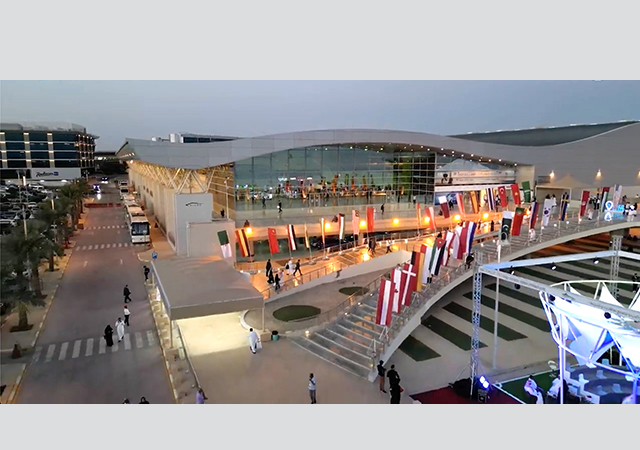

Two major new technical guides have been published by The Concrete Society of the UK aimed at engineers and concrete specialists responsible for construction, evaluation and repair of concrete in hot, aggressive environments.
Guide to the Construction of Reinforced Concrete in the Arabian Peninsula provides those working with reinforced concrete in the Arabian Gulf with information and guidance on the production of high-quality, durable concrete, able to withstand the regions extremely harsh environment.
Much of the guidance is also applicable to concrete construction in other hot-wet and hot-dry environments around the world, says a spokesman for The Concrete Society.
The guide has been developed from the original CIRIA Guide to Concrete Construction in the Gulf Region published by CIRIA (Construction Industry Research and Information Association) in 1984 and has been extended to include the whole of the Arabian Peninsula.
The guide has been prepared as part of a collaborative project initiated by CIRIA and The Concrete Society, working with the support of the UK Department of Trade and Industry (DTI), and authorities and organisations in the Gulf region.
The principles underlying the successful use of concrete construction in the Arabian Peninsula are explained in the guide.
The publication is in four parts. Part One outlines the principles underlying the successful use of concrete construction in the Arabian Peninsula, in which the extreme environment and the geological and geomorphological conditions are discussed in detail. The second part provides a comprehensive guide to the materials available. Part Three covers site operations and Part Four provides guidance on mix design. Appendices provide data on climate, topography, and formwork pressures at elevated temperatures.
The guide encompasses the wide range of hot weather environments found throughout the region. These include the coastal hot salty marine (humid) conditions as well as very dry hot weather inland conditions.
The 232-page guide (Order reference: CS136. ISBN 0 946691 93 4) is priced at 130 ($203) for the public and is available at 65 to members of The Concrete Society, CIRIA and sponsoring authorities and organisations in the Arabian Peninsula (plus postage and packing).
Guide to Evaluation and Repair of Concrete Structures in the Arabian Peninsula has been prepared for a joint working party of The Concrete Society and the Bahrain Society of Engineers (BSE). It covers evaluation and identification of causes of deterioration of concrete structures in the Arabian Peninsula and other extreme environments. The problems encountered in the region, and deterioration processes, are outlined in the opening chapters.
Three chapters then deal with inspection, tests and evaluation of present and future behaviour of a structure, followed by appropriateness and application of repair techniques.
The two final chapters discuss selection of repair options, and contract documents for repair works. Appendices outline less common testing techniques, tests for silane penetration, and European standards for concrete repair.
This 96-page guide (Order reference: CS137. ISBN 0 946691 94 0) is priced at 80 for the general public and 40 to members of The Concrete Society, CIRIA and sponsoring authorities and organisations in the Arabian Peninsula (plus postage and packing).
The guides were launched earlier this year at seminars conducted in the region.
The Concrete Society plays an important role in encouraging the use and development of concrete as a versatile and competitive material.
Founded in 1966, the society brings together those with an interest in concrete to promote excellence in design, construction and appearance, to encourage innovation and to exchange knowledge and experience acroos all disciplines.
The Concrete Societys independent Concrete Advisory Service provides prompt impartial technical advice on concrete and related matters to subscribing members of any discipline. The regionally-based staff are chartered engineers with wide experience of all aspects of the use of concrete.


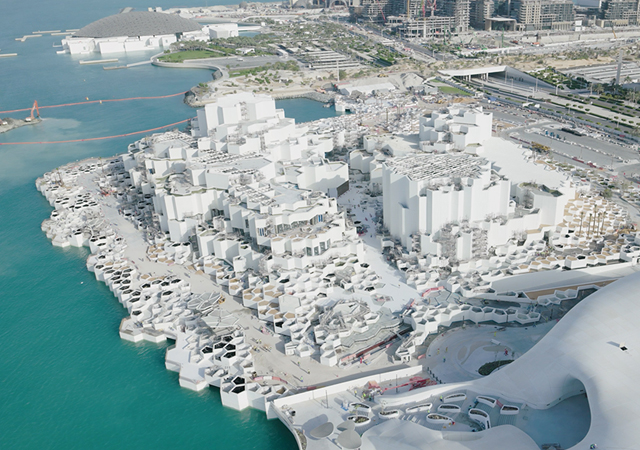


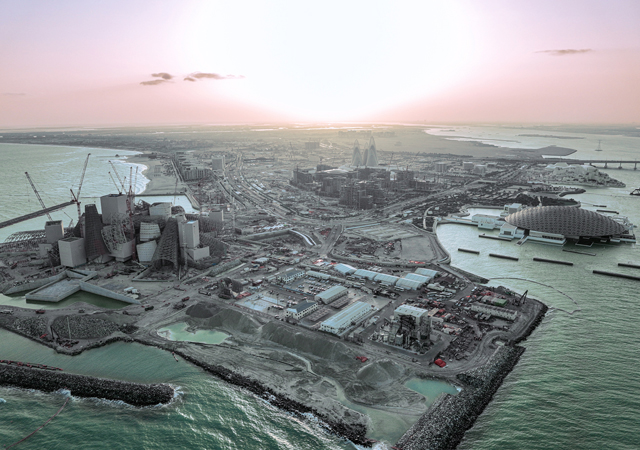
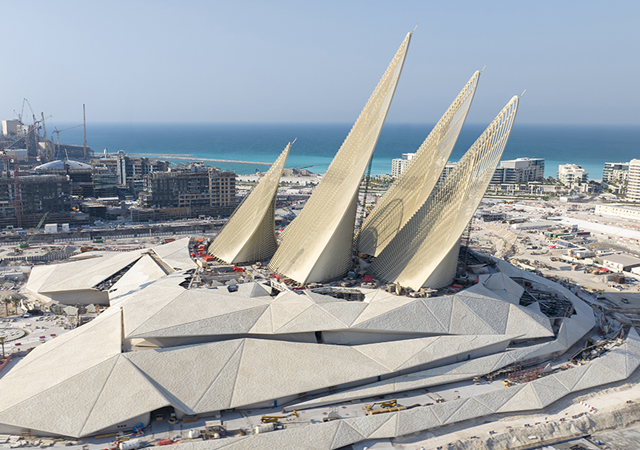
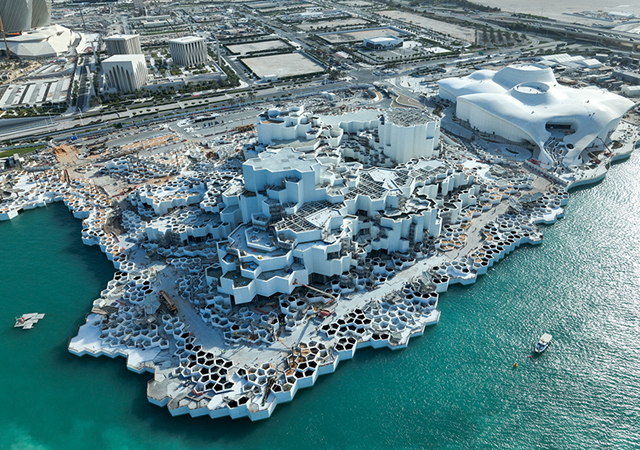
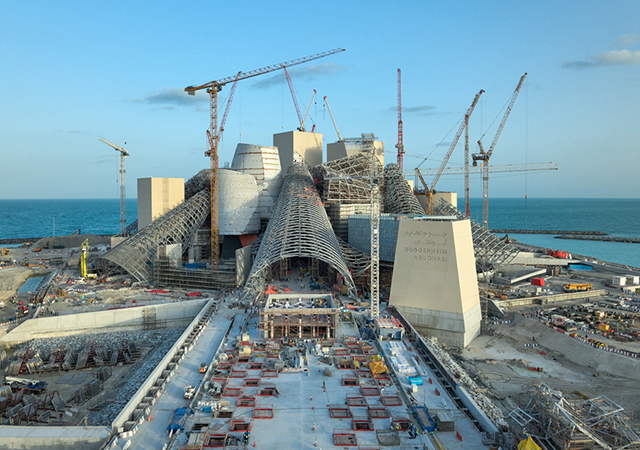
.jpg)
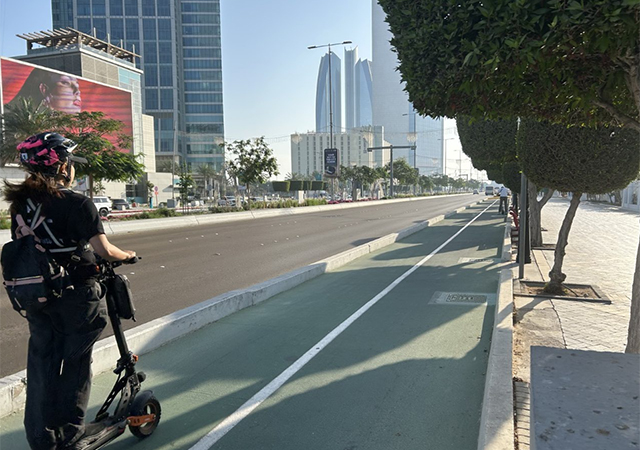
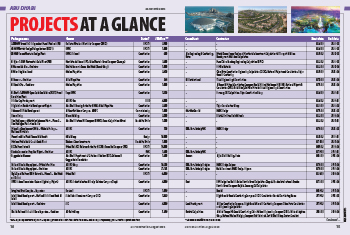

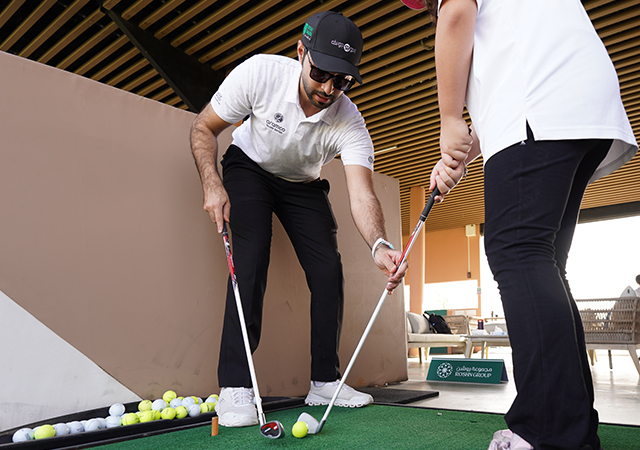
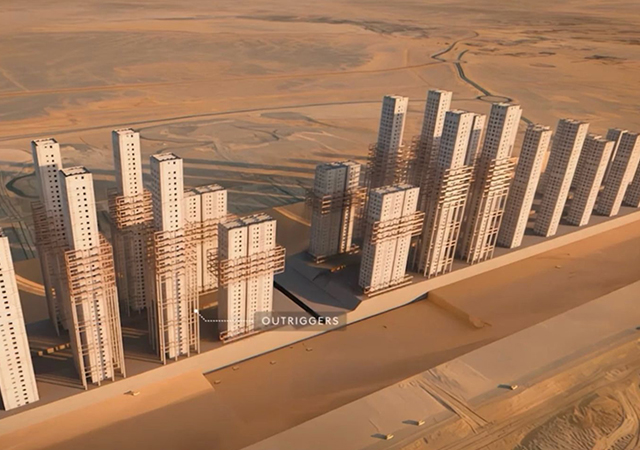
.jpg)

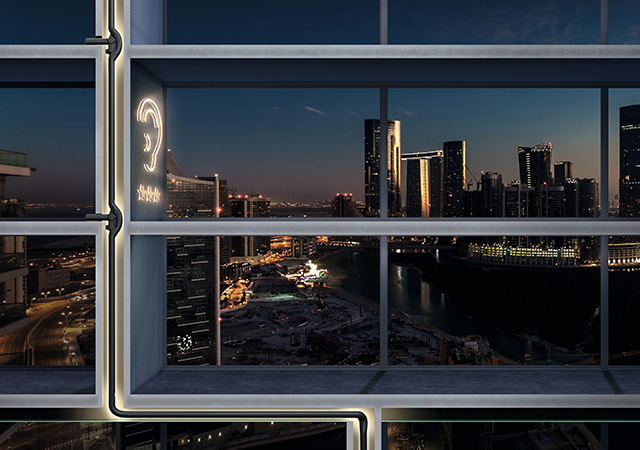
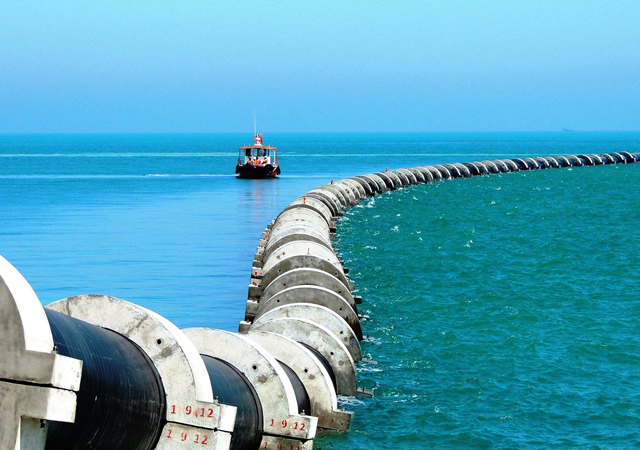



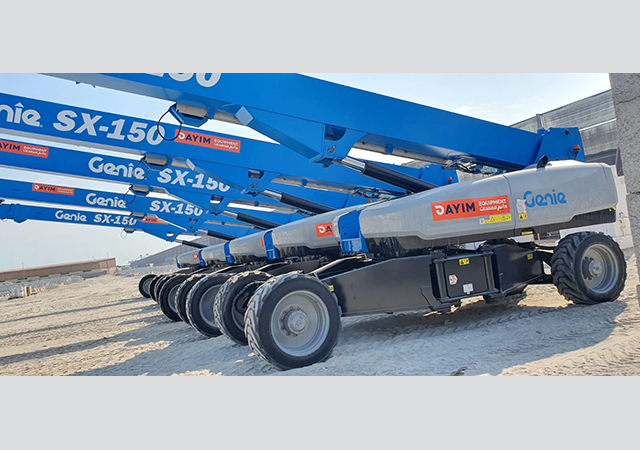
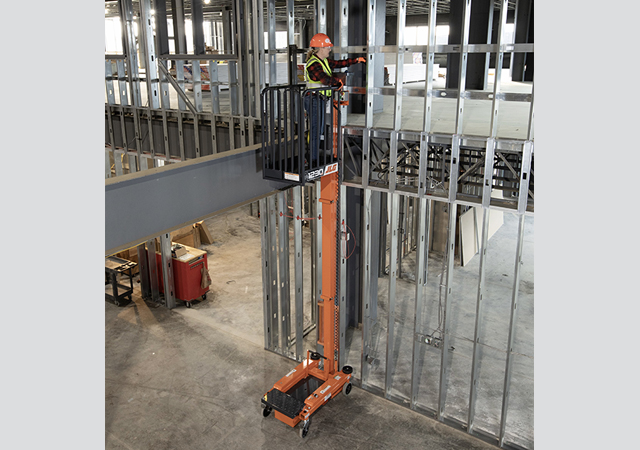
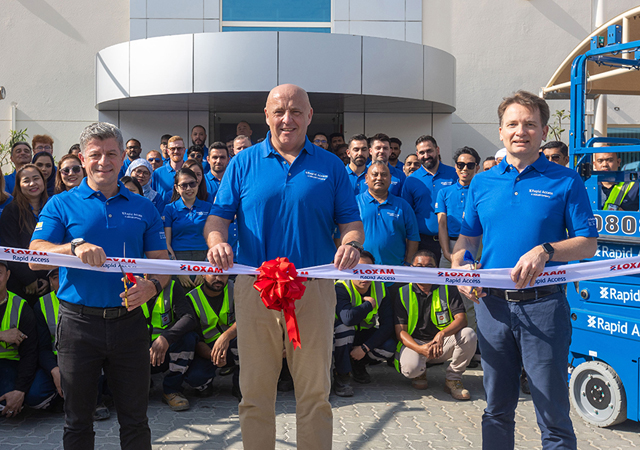
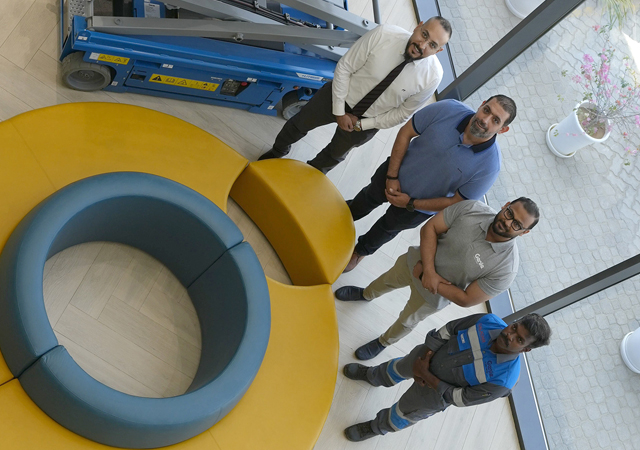
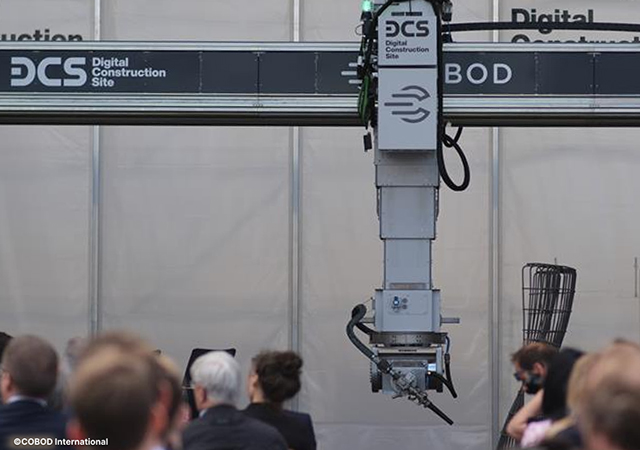
Doka (2).jpg)



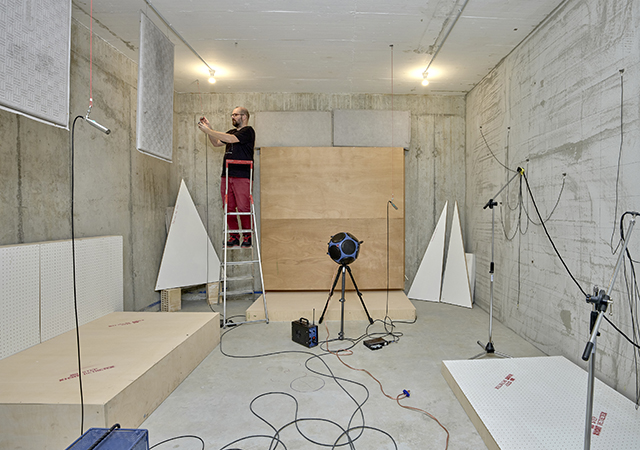
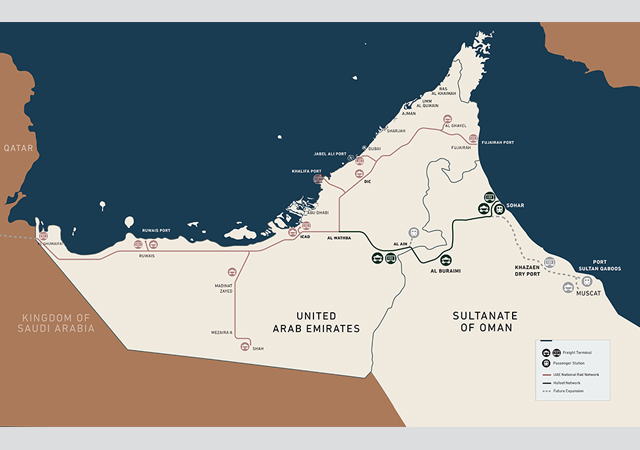




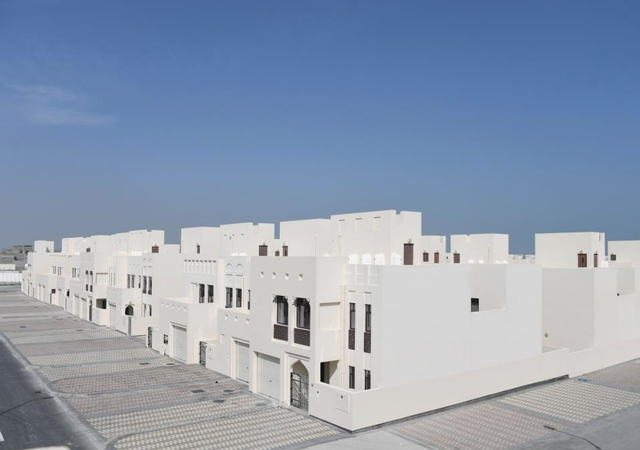
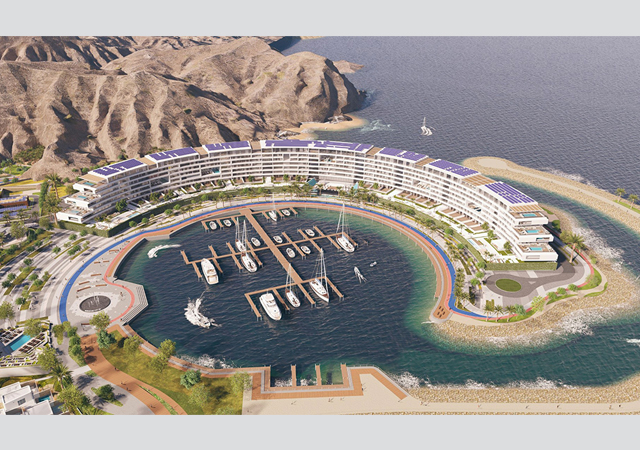
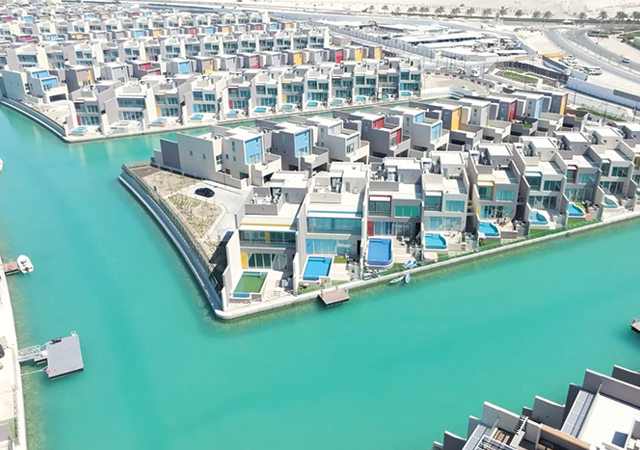
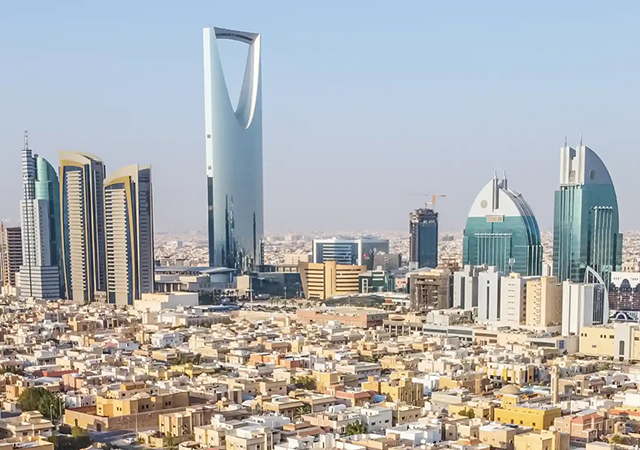



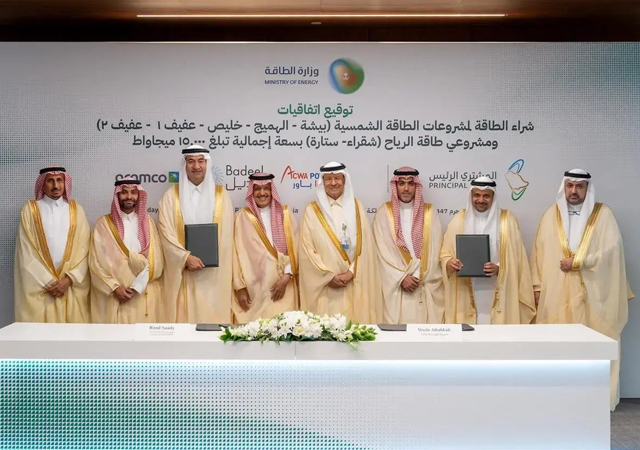
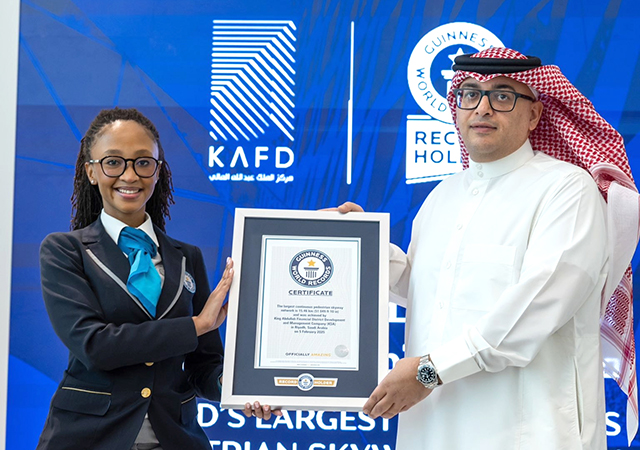
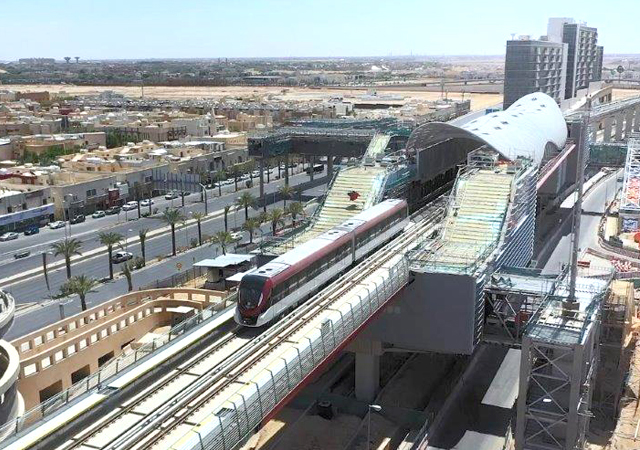
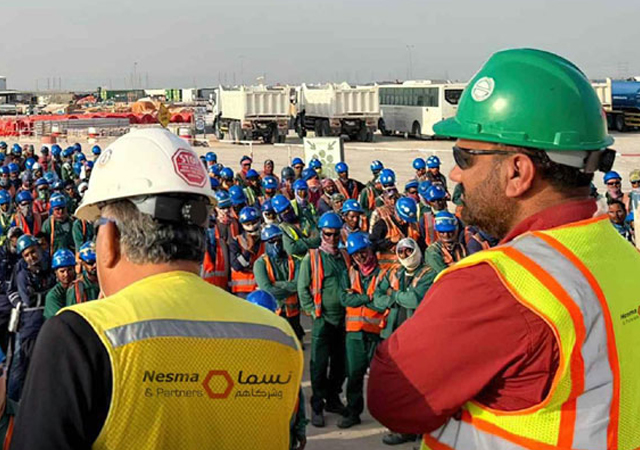
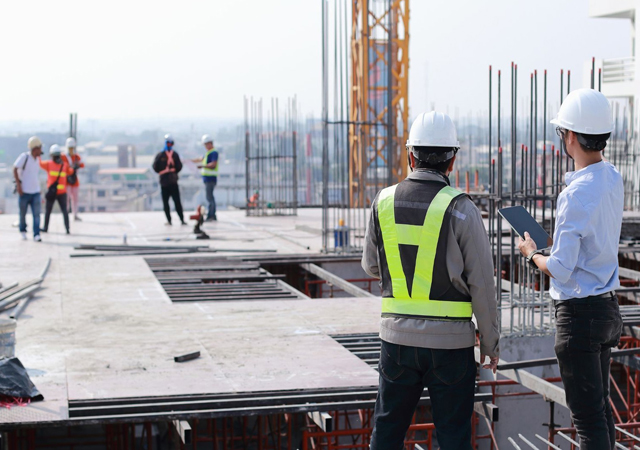
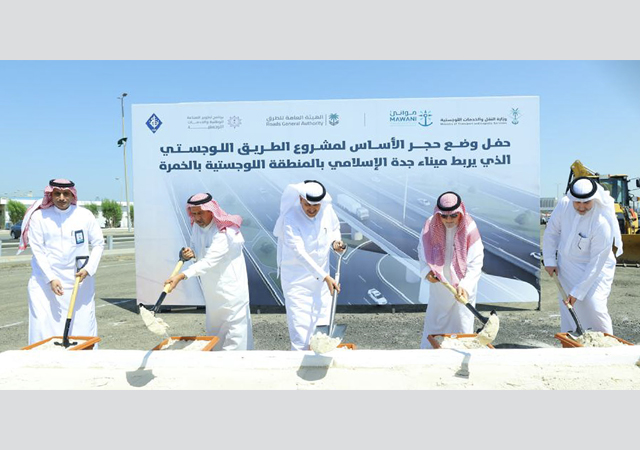




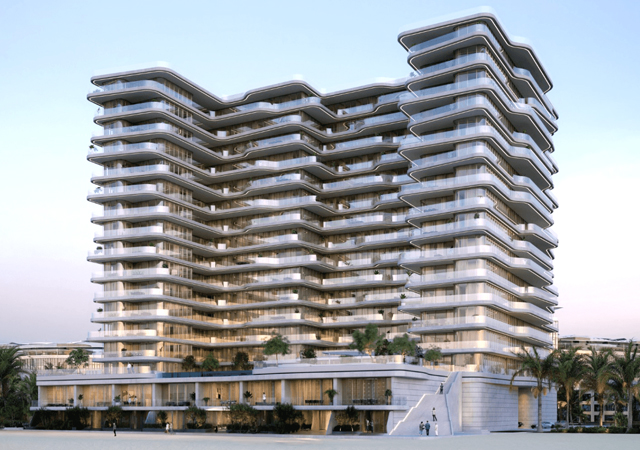
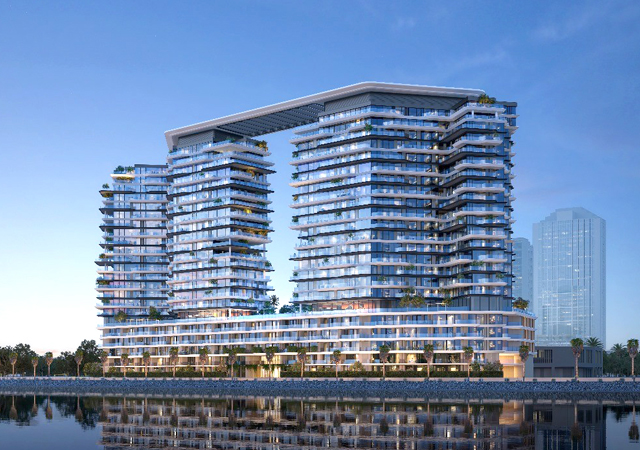


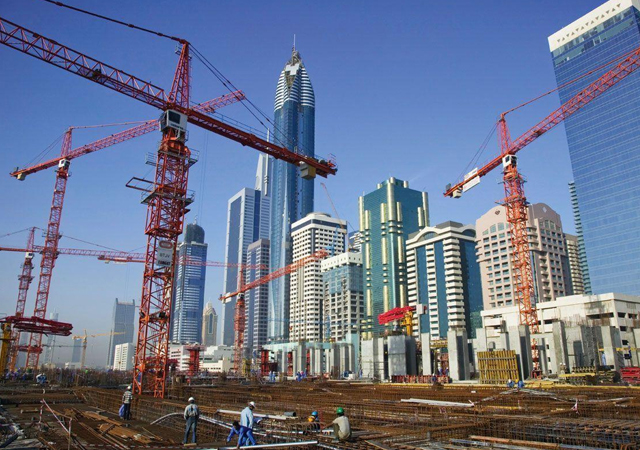





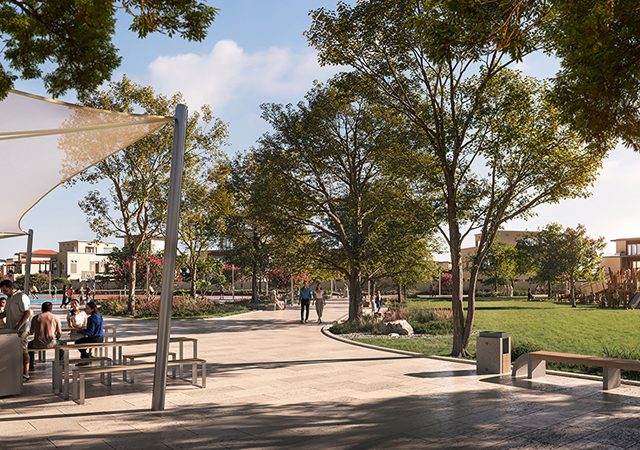
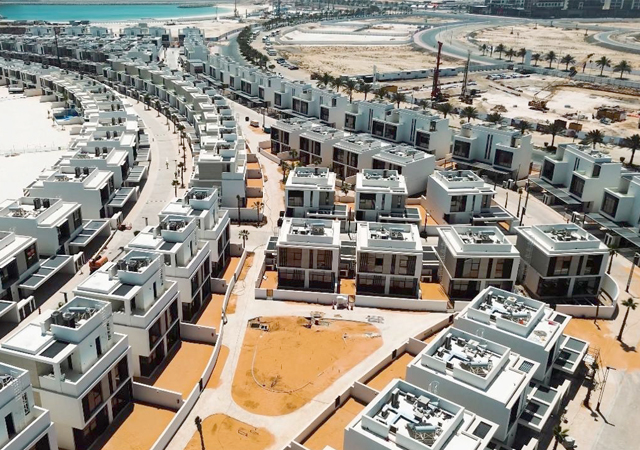
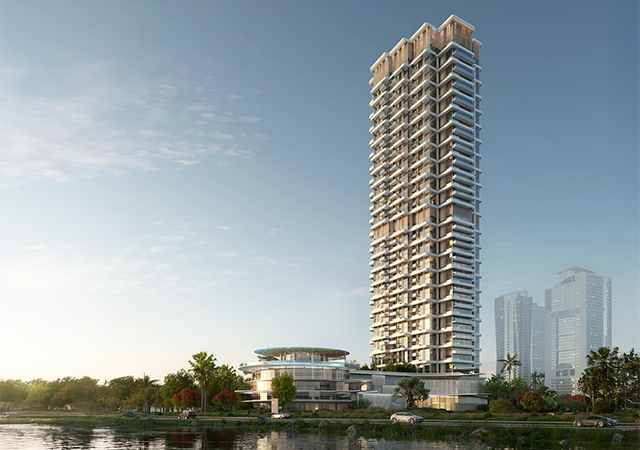

.jpg)
.jpg)

.jpg)
